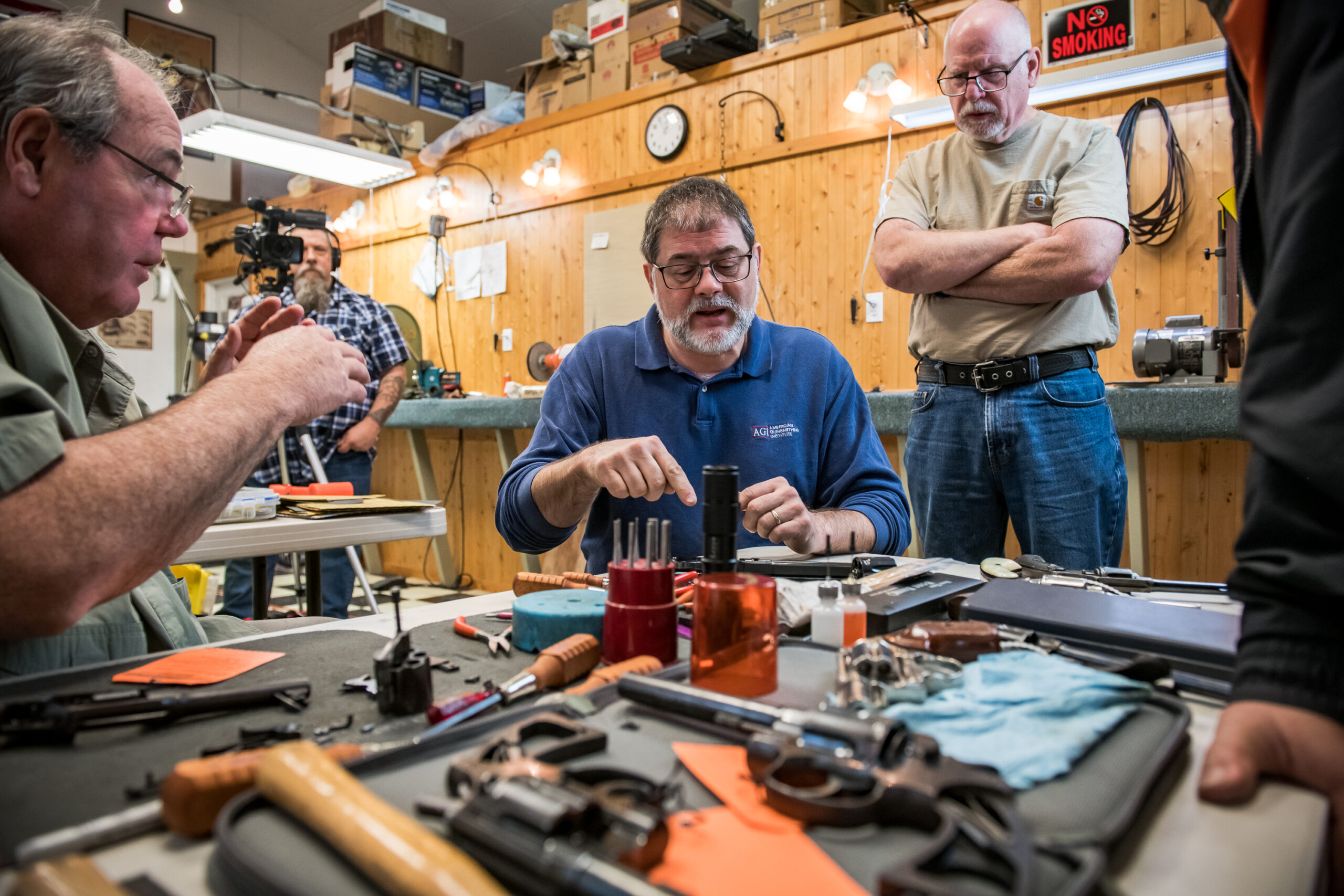In the realm of appraising firearms, the distinction between price and value holds critical significance, especially in the context of gunsmithing education. Unveiling the true worth of a firearm goes beyond its cost; it encompasses an array of elements such as rarity, provenance, and demand in the market, mirroring the multifaceted nature of evaluating education in gunsmithing.
Consider a recent auction where a 1911 pistol, once owned by the notorious Al Capone, fetched nearly $900,000. Despite not being exceptionally rare, its historical significance and association with the infamous gangster set it apart, emphasizing the pivotal role of provenance in determining value within the world of gunsmithing.
Conversely, there exist unique, rare firearms that, lacking a compelling story or provenance, might only command a few hundred dollars in the market. This correlation echoes the significance of quality education in gunsmithing, where the narrative and guidance provided play a decisive role.
To comprehensively gauge the value of a firearm or a gunsmithing education, a holistic approach is necessary. Analyzing factors like past sales, comparisons, and the overall landscape of the market—referred to as “comps”—provides insight into their worth. This comprehensive viewpoint encapsulates the concept of “Total Value,” encompassing both the cost of education and the knowledge and skills it offers.
Ultimately, fair market value in gunsmithing is the agreement between a willing buyer and a willing seller. Even a seemingly high-priced item, such as Al Capone’s pistol, can be deemed reasonably priced if the demand aligns. This notion emphasizes the financial potential within gunsmithing and education by highlighting the potential revenue such items can generate.
To ensure accurate assessments in gunsmithing and education, a direct comparison is necessary. For instance, evaluating the cost of a certified professional gunsmithing course—like those provided by the American Gunsmithing Institute—against expenses incurred in attending traditional campus-based schools provides a clearer understanding. Moreover, the Institute’s time-efficient home study video courses, guided by master gunsmiths, offer a quicker path to earning through gunsmithing, underscoring the practicality of such education.
In conclusion, the synergy between “price” and “value” in gunsmithing and education underscores the essence of “Total Value.” Investing in oneself through gunsmithing education, such as becoming a certified gunsmith, offers immeasurable returns in skills and knowledge, making it an excellent investment in the long run.
Consider these essential factors when choosing your gunsmithing education:
Hands-On Experience: Seek programs offering practical training and resources, like the in-person classes provided by AGI, taught by master gunsmiths.
Career Opportunities: Gunsmithing education can pave the way for diverse career paths within the firearms industry, from working in gun shops to becoming a firearm technician or custom gun builder.
Ongoing Support and Community: Look for programs like AGI that offer continuous support and community interaction, such as access to the Gunsmithing Club of America, facilitating networking and shared knowledge among a nationwide community of gunsmiths.




